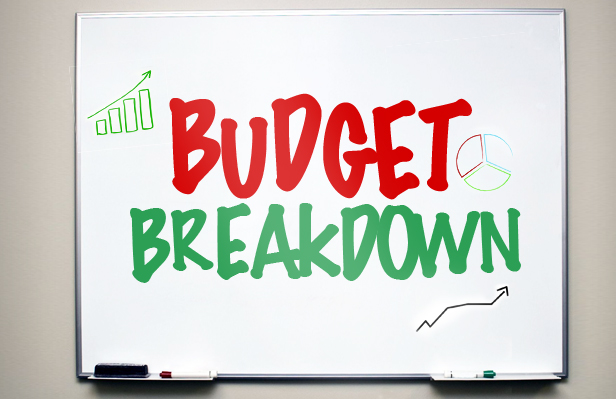Commentary

State Budget Déjà Vu
Note: this commentary first appeared in the Allentown Morning Call.
Ceremonies in Punxsutawney have come and gone, but every year Groundhog Day reminds me of the film of the same name—in which Bill Murray lives the same day over and over again. Gov. Tom Corbett’s state budget address generated a similar feeling of déjà vu.
Pennsylvania faces the same long-term fiscal problems it has for many years, and in some cases, decades. This isn’t to dismiss the accomplishments of Gov. Corbett (or his predecessors) and state lawmakers, but the persistent fiscal challenges facing our commonwealth—which threaten the prosperity of all Pennsylvanians—cannot be overlooked.
With one exception—Gov. Corbett’s first budget in 2011—every budget for more than 40 years has increased state spending. From 1970 to 2014, total state spending rose from $4 billion to nearly $67 billion, an all-time high for the state. Adjusting for inflation, that’s an increase of $3,163 per resident.
Gov. Corbett’s budget builds on that, increasing total spending by 6 percent to $71.8 billion. Note that the $29.4 billion “General Fund” budget represents less than half of what the commonwealth spends each year.
In each of the past six years, state spending has exceeded revenue. Recent budgets were balanced using temporary federal stimulus dollars and one-time revenue sources, creating a structural deficit that has not yet been resolved.
In fact, this structural deficit will only get worse. The Independent Fiscal Office—assuming modest spending growth and improved conditions—projects a deficit exceeding $2 billion by 2018.
This decades-long spending pattern has placed an undue burden on the backs of state taxpayers. Pennsylvania has the 10th highest state and local tax burden in the nation. Meanwhile, state debt, including state agencies, grew by another $2.3 billion since last year. Gov. Corbett has done well to avoid raising taxes on working Pennsylvanians to balance the budget, but lowering the tax burden on families to a more competitive level remains elusive.
We can turn this around by taking a bold step to reduce economic development incentives and lower tax rates for everyone. Pennsylvania offers, by Commonwealth Foundation estimates, about $1.6 billion annually in economic development incentives in grant programs, tax credits, and even state borrowing. Reducing targeted incentives and, instead, providing across the board tax relief would go further in creating jobs and generating prosperity.
Another repeating budget theme is this: Public welfare spending continues to grow faster than the economy. Gov. Corbett’s budget includes a $429 million increase in welfare spending, driven in large part by Medicaid spending, a joint federal-state program.
Recent legislation and administrative reforms have addressed waste, fraud, and abuse rampant in welfare programs, but the unsustainable growth rate remains a challenge. Lawmakers must restructure how we spend money to help the poor and fight poverty through family-sustaining careers rather than government programs. Otherwise, we will keep waking up to this same sad song.
As it has for more than a decade, our public pension crisis looms large over the state budget. Under current law, state pension contributions will rise from almost $1.4 billion to an estimated $3.4 billion in 2019. Bond rating agencies have taken note of this pervasive issue: Moody’s and Fitch downgraded Pennsylvania’s bond rating, and Standard and Poor’s grades us with a negative, noting our pension crisis and the inability to enact meaningful reform.
Gov. Corbett’s budget proposes reducing state contributions. While this provides short-term fiscal relief, it doesn’t solve the crisis and pushes more of the cost into the future. Meaningful, long-term pension reform remains within reach, as bills have passed committees in both the House and Senate. Lawmakers should heed the governor’s call to enact pension reform now.
This recurring pattern of increasing spending and borrowing—while relying on high taxes to compensate—yields another disturbing trend: slow economic growth. From 1991 to 2013, Pennsylvania has ranked a dismal 44th, 38th, and 46th, in job growth, personal income growth, and population growth respectively.
Unless we break this cycle, we threaten the prosperity of Pennsylvania families and generations yet to come.
These problems didn’t arrive overnight, and they won’t be fixed with a single piece of legislation. While Gov. Corbett’s proposed budget addresses the short term deficit, more must be done to rebuild the foundation of Pennsylvania’s economy and start a new day in Pennsylvania.
# # #
Nathan A. Benefield is vice president of policy analysis at the Commonwealth Foundation (CommonwealthFoundation.org), Pennsylvania’s free market think tank.